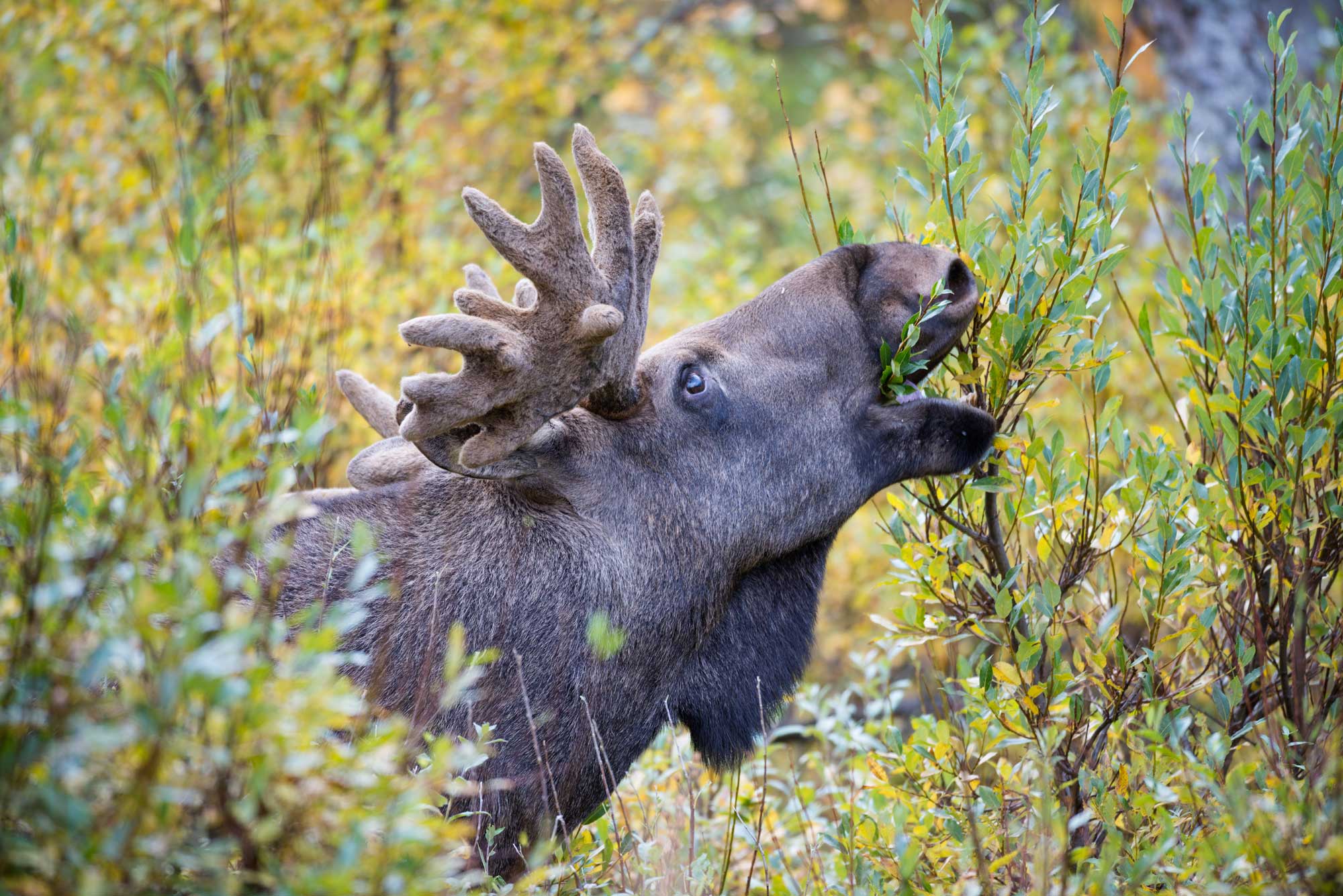From the Iberian lynx to the white-tailed eagle, countless species are under threat as we encroach on their habitats. But when we give nature the space, these species can thrive once more. Meet some of the animals that are returning from the brink, thanks to the work of Rewilding Europe and its partners.
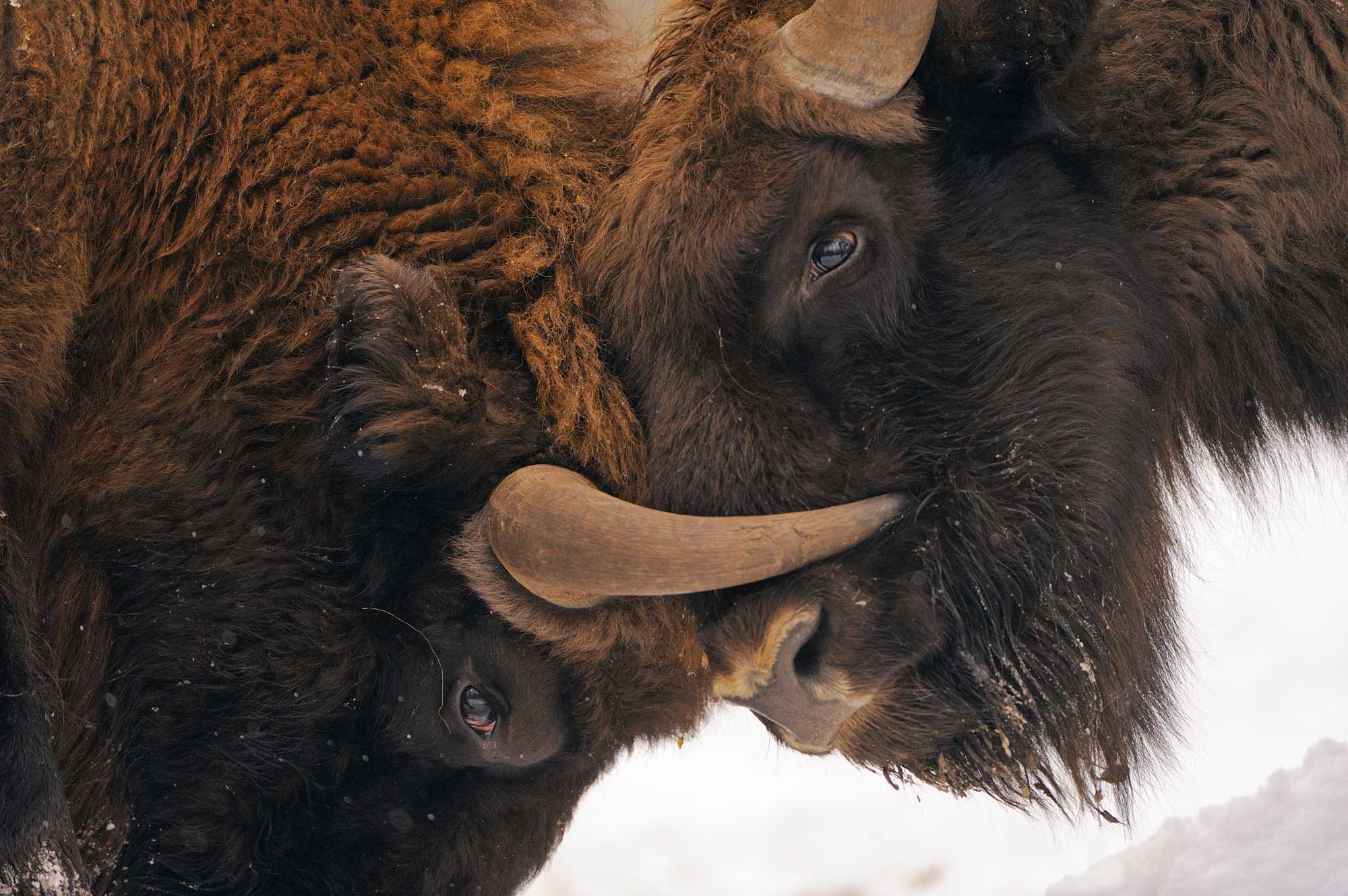
Wild and free: European bison in Poland’s primeval Bialowieza forest. Photo: Stefano Untherthiner / Wild Wonders of Europe
European bison
With their hulking silhouette and formidable horns, few animals spark the imagination like the European bison, which once freely roamed the continent. The species was driven to extinction in the wild in the early 20th century by hunting and loss of habitat, but it survived in captivity, and thanks to various reintroduction projects, these mega-grazers are now back. Their IUCN Red List status has since gone up a level from ‘vulnerable’ to ‘near-threatened’ – still concerning, but better. When Rewilding Europe and WWF Romania reintroduced bison in the Southern Carpathian mountains in 2014, it was the first time the species had been seen here in 200 years. Now home to a herd of over 60 bison, the project shows how local communities can also benefit – with the animals drawing nature-lovers and tourists to this little-visited region.
See the beautiful short film about the return of the bison in Romania here.
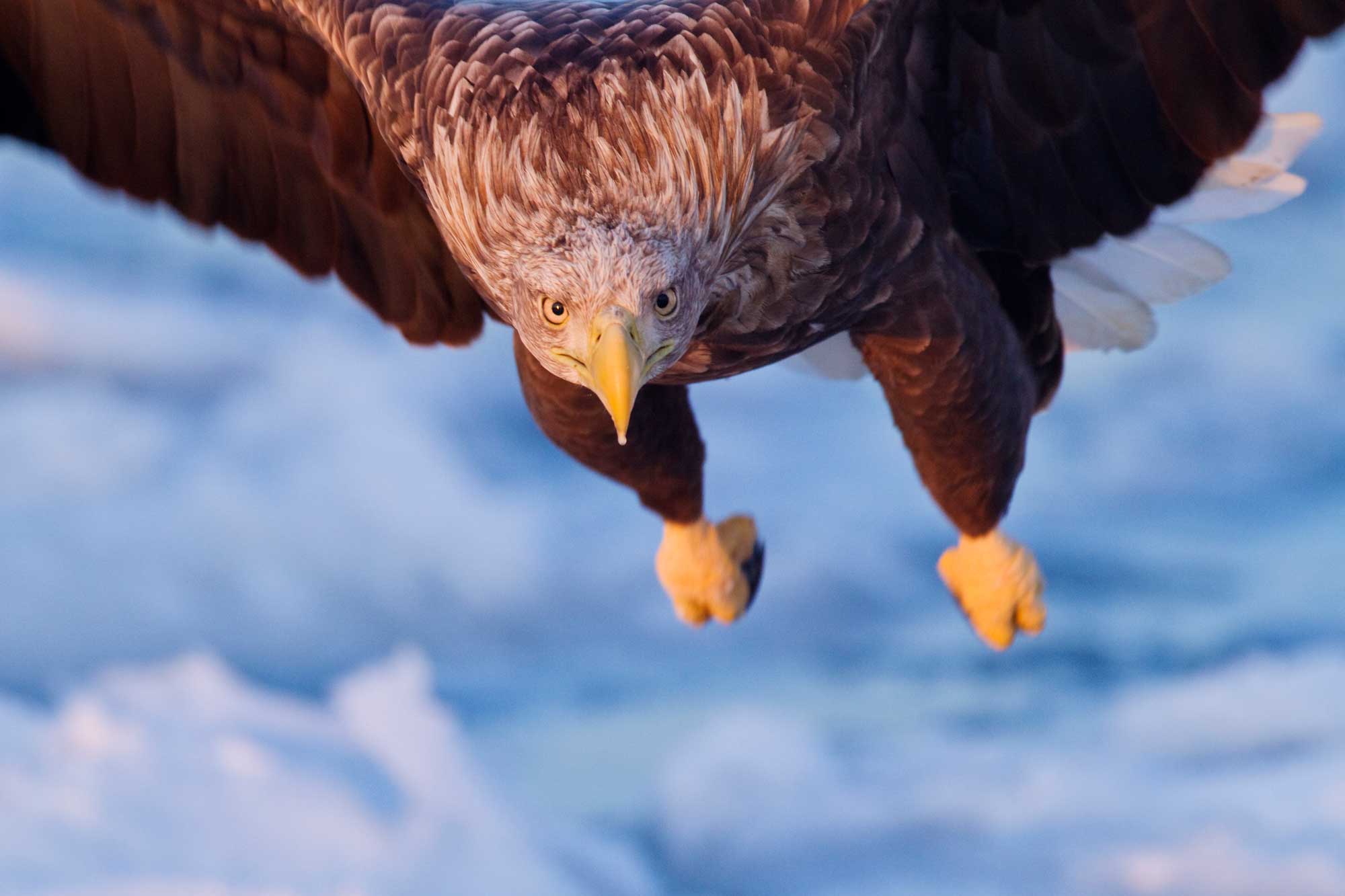
A white-tailed eagle with eyes locked onto its prey. Photo: Jeremy Woodhouse / Getty
White-tailed eagle
Closely related to the bald eagle, the white-tailed eagle has the widest wingspan of all the eagles, measuring 2.5 metres across. This regal bird appears in Germany’s coat of arms and is thriving in the Oder Delta: a rich green belt of dunes, wetlands, meadows and forests spanning 250,000 hectares between Germany and Poland. With 160 pairs – up 30% in the last decade – this has become a breeding hotspot for the species in continental Europe. It’s a sign that Rewilding Europe’s conservation efforts in the region are paying off. These eagles are at the top of the food chain, so their presence is testament to the health of the whole ecosystem.
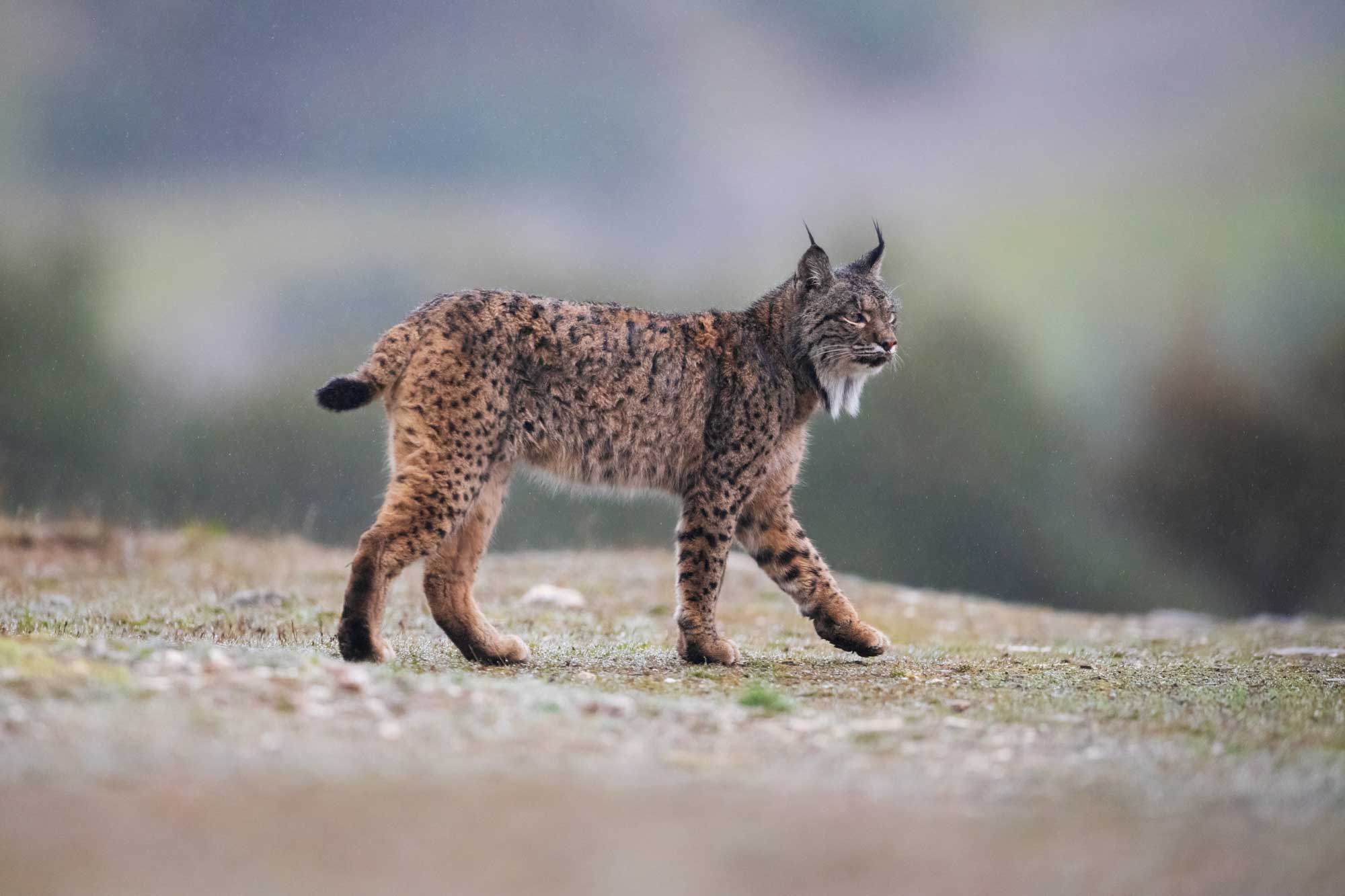
The Iberian lynx is entirely reliant on wild rabbits for food. When nature areas shrink, so do rabbit populations, which in turn makes it hard for these lynxes to survive. Photo: Staffan Widstrand / Rewilding Europe
Iberian lynx
The comeback of these iconic wildcats, with their distinctive furry tufts, is a true success story, revealing what can be achieved through the reintroduction of a species together with rewilding of the landscape. Endemic to Southwestern Europe, the Iberian lynx was on the verge of extinction in 2002. There were only 94 left due to habitat loss, illegal hunting and road accidents. Now there are 600. A network of wild corridors connecting different nature areas is needed to support unique species like the Iberian lynx. In the Greater Côa Valley in northern Portugal, Rewilding Portugal and ATNatureza are working to do just that.
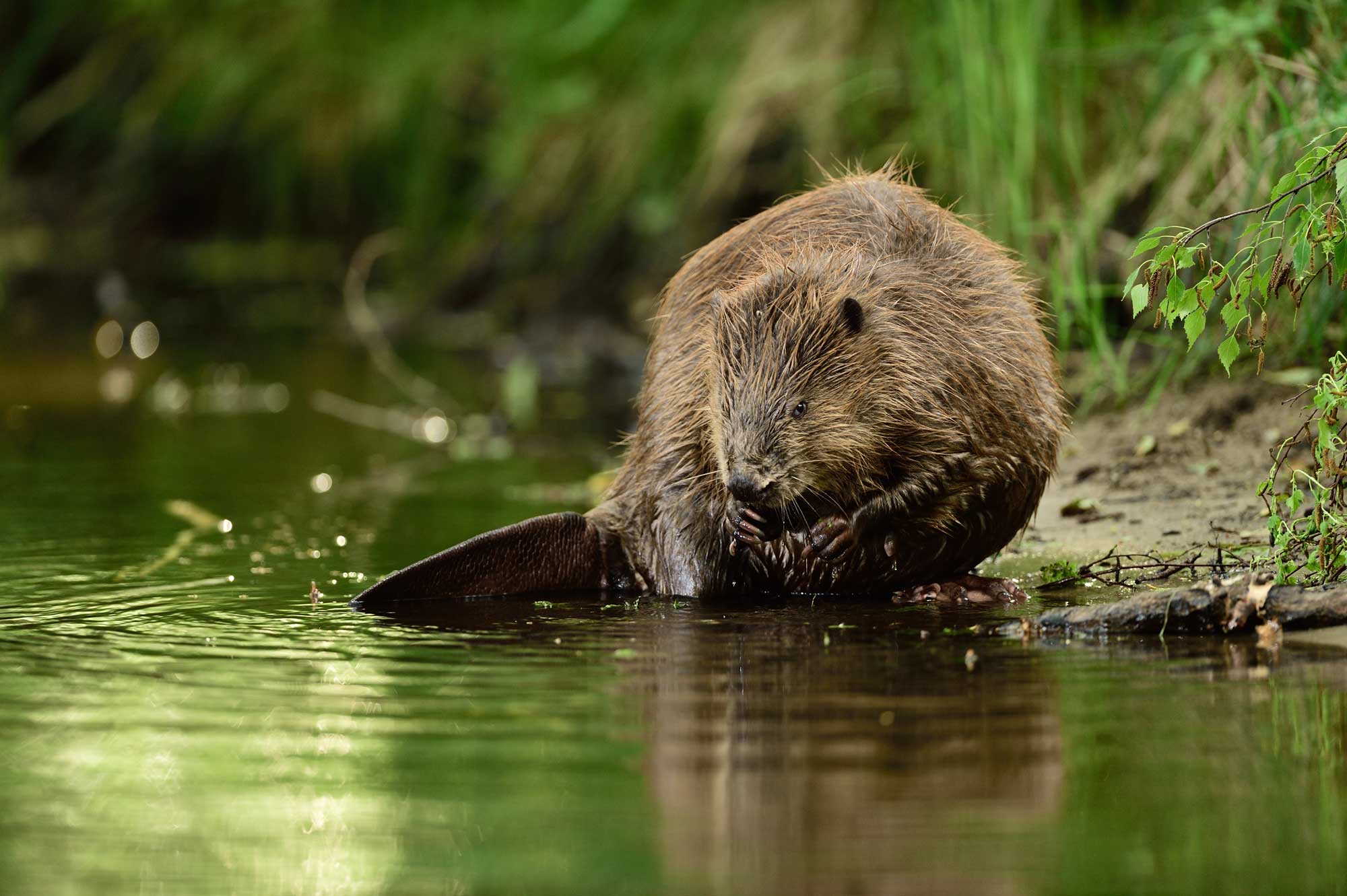
With the help of rewilding efforts, the beaver is once again returning to Germany’s wetlands. Photo: Solvin Zankl / Rewilding Europe
Beaver
Beavers were reintroduced in Romania in 1998 and by 2014 had made their way to the Danube Delta, in their first reappearance here in 200 years. This delta is Europe’s largest natural wetland – and is an ideal environment for beavers. Hunting, agriculture and urbanisation had made this native European species a rarity in the wild. Now, the removal of dams along with the reestablishment of wetlands means that beavers once again have the interconnected stretches of nature they need.
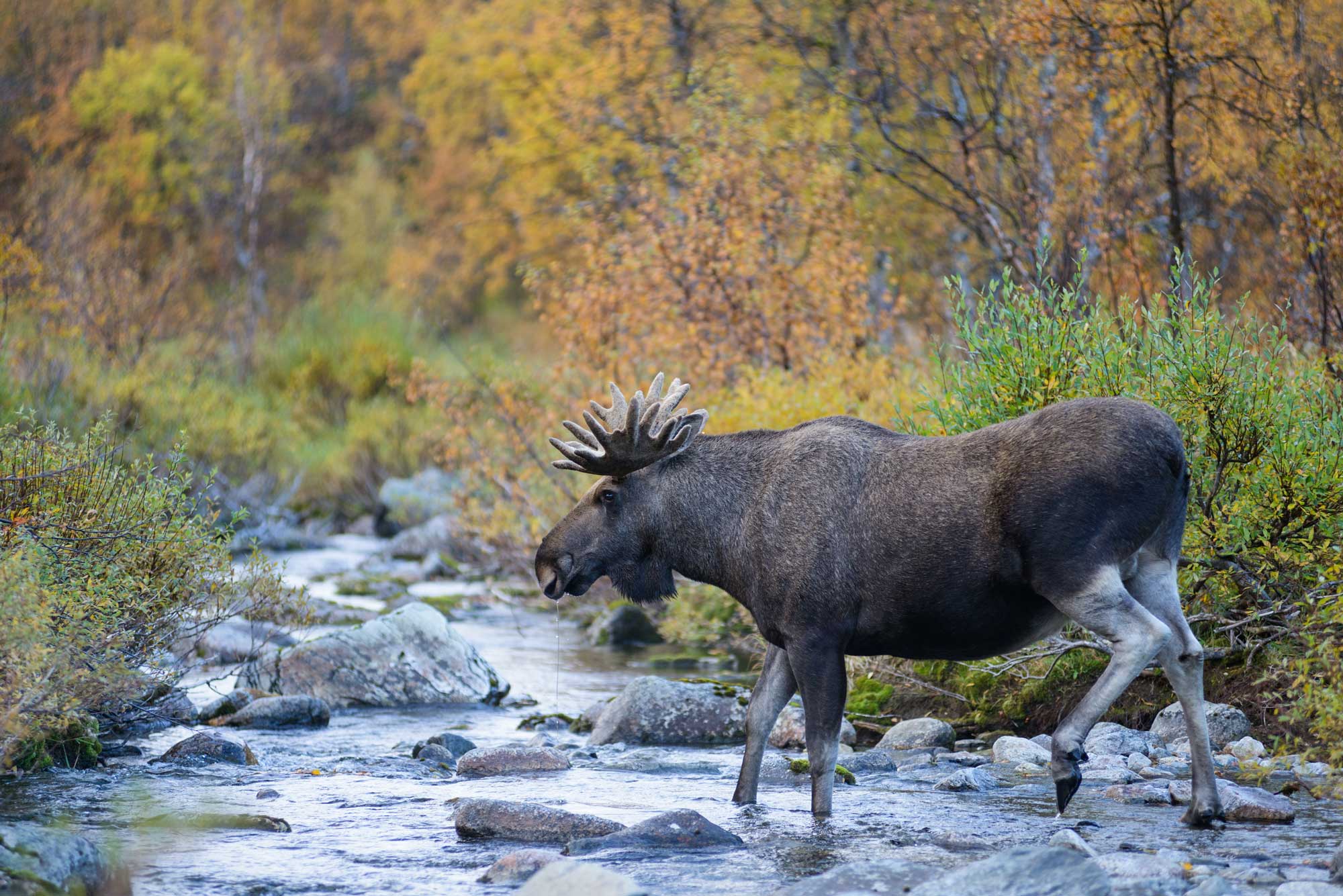
The European elk is at home in open woodland habitats and wetlands, which have been consistently diminishing in the last century. Photo: Erlend Haarberg / Rewilding Europe
Elk
Majestic and serene, the elk is the world’s largest living species of deer. As a large herbivore munching on branches and shrubs, they are a keystone species − shaping the landscape and creating the clearings that are so crucial to other kinds of wildlife. Once upon a time they could be found across Eurasia, but by the 20th century agriculture and hunting had driven them to isolated pockets in Poland. Now, with the rewilding of the Oder Delta, which crosses over into eastern Germany, they are returning to a territory abandoned long ago.

A scene you’ll be lucky to see: a griffon vulture landing at sunrise. The species is critically endangered, but is making a comeback in the Central Apennines of Italy. Photo: Bruno D’Amicis / Rewilding Europe
Griffon vulture
In the early 1970s the griffon vulture was considered extinct. Then in 1986 a colony was discovered in its native homeland of Bulgaria. Decades of dedicated conservation have enabled the species to make a tentative comeback. Straddling Bulgaria and Greece, the Eastern Rhodopes mountains are proving a safe haven for the vultures. Here Rewilding Rhodopes is working with several partners such as the Bulgarian Society for the Protection of Birds and this year local experts counted a total of 107 pairs.
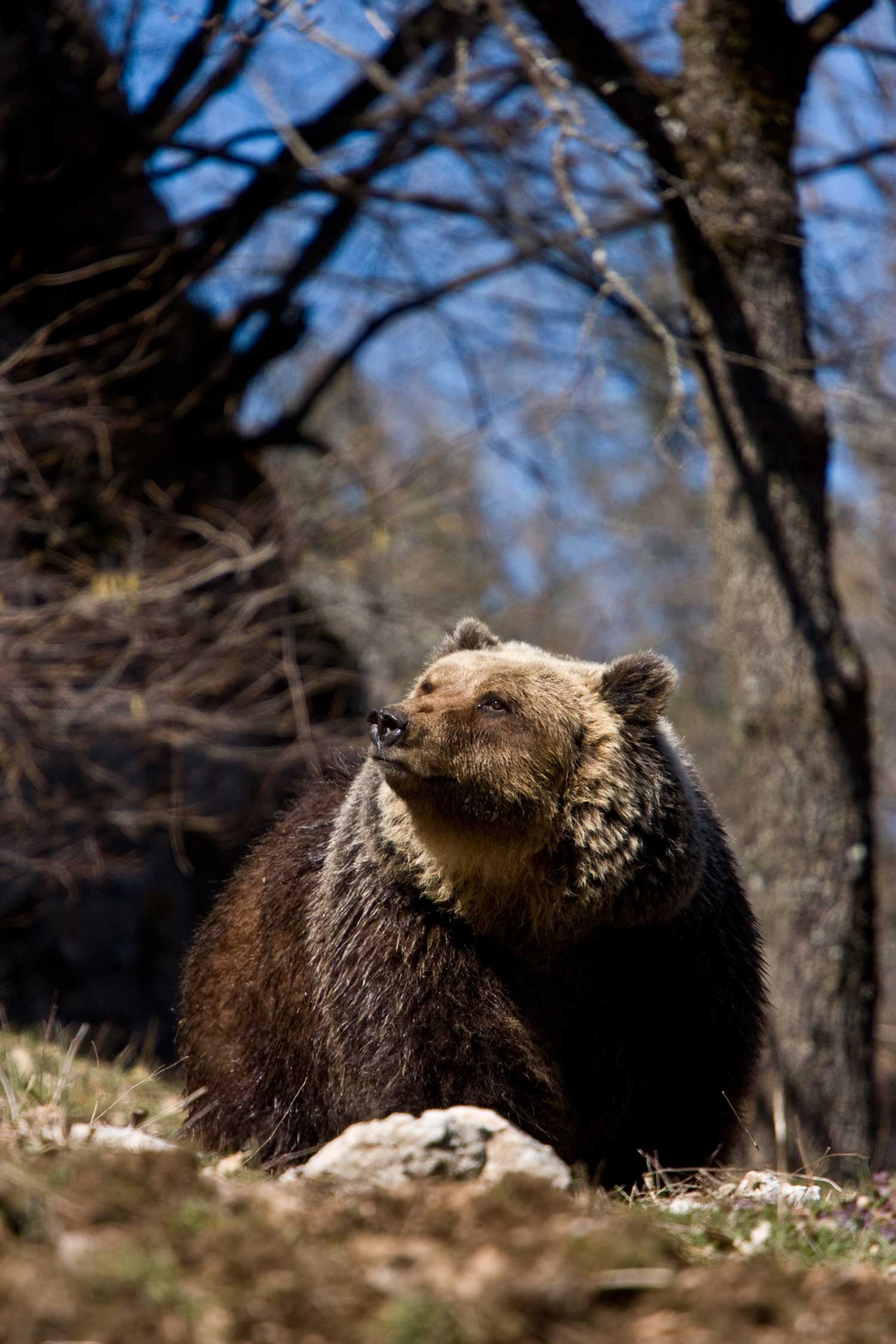
A Marsican brown bear in the wild. Once seen as a threat by local communities in Italy’s Apennine mountains, conservation education is helping man and beast to coexist. Photo: Bruno D’Amicis / Rewilding Europe
Marsican brown bear
The Marsican brown bear (a subspecies of its more common Eurasian cousins) is critically endangered, with no more than 60 remaining in the national parks spread across Italy’s Apennine mountains. To support the population, the Central Apennines rewilding team is developing five wildlife corridors between the protected areas of the parks. Initial results are encouraging, with the birth of 16 cubs in the 2019 breeding season – the highest population increase in a single year since records began in 2006. And last year a mother was even spotted with no less than four cubs – very rare for this species. In the past the bears were often shot to stop them raiding local orchards and beehives, but a focus on education and other measures to support coexistence has helped local communities accept and value their presence.
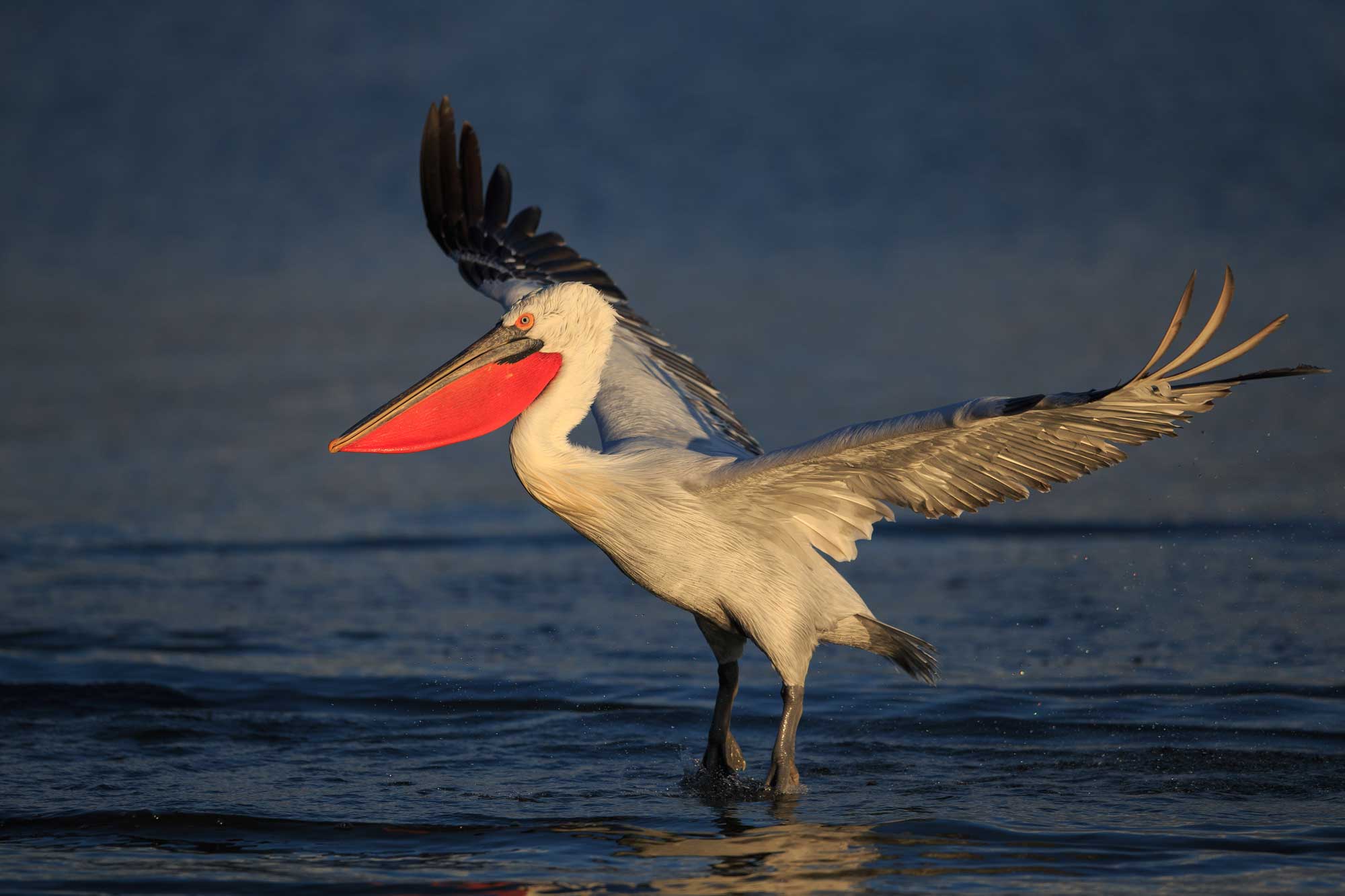
Freshwater birds don’t get much bigger than this: the Dalmatian pelican. Photo: Bogdan Boev / Rewilding Europe
Dalmatian pelican
The Dalmatian pelican is one of the world’s largest flying birds, with a wingspan of almost three metres. Human proximity, illegal hunting and the disruption of breeding colonies by fishermen saw the species decline in the last century, but now there are hopeful signs of recovery in the Danube Delta, where two decades of rewilding are boosting numbers. There were around 460 breeding pairs in the Romanian part of the delta in 2020. A decade ago, the number was down to only 252 pairs some seasons.

Wolves help preserve the ecological balance. Photo: Staffan Widstrand / Rewilding Europe
Eurasian wolf
It wasn’t long ago that wolves seemed relegated to exist only in the realm of fairytales, but now they are once again making their way back into the living landscape. These apex predators at the top of the food chain play a vital role in balancing the entire ecosystem and require plenty of land to roam. As more and more areas in Europe are allowed to go wild, wolves are expanding their range to include the Velebit Mountains, Rhodope Mountains, Southern Carpathians and the Oder Delta. With enough deer to prey on here, they are no longer a threat to livestock, which is often a cause of conflict with farmers. The arrival of other large carnivores such as the golden jackal further reflect the resilience of nature in an environment long dominated by man.
WIN A TRIP TO EUROPE’S WILDER SIDE
- Enter our contest and win a trip to discover Europe’s wilder side with the European Safari Company, which works closely together with Rewilding Europe to nurture healthy ecosystems.
